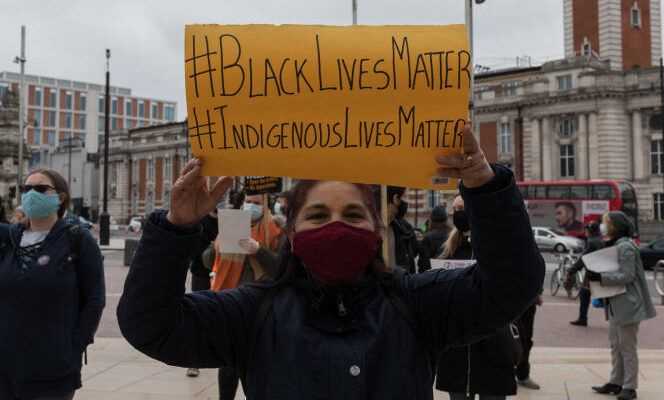On March 21, it was the “Census day” in the United Kingdom: all British residents must have completed a questionnaire for the decennial census in England and Wales by this date – latecomers still have a few days to stick to it on the census.gov.uk site. The exercise is compulsory and takes a good twenty minutes for a household of five people: the list of questions is long, especially those related to ethnicity. White British, Irish, Gypsy or Roma? Black Briton, Black African or Caribbean? British Indian, Pakistani, Chinese, Bangladeshi, or “others”? What if mixed race, white and Asian, white and black Caribbean, or black African?
The relevance of a “Somali” box, of two others mentioning the “Sikh” or “Jewish” religions, has been discussed upstream, but especially between experts. For the rest, the questions (including, those, optional, on sexual orientation) shocked no one: in the United Kingdom, where questions of identity are central (with separatist tendencies in Scotland and the vote in favor of Brexit ), the collection of religious and ethnic data has not been a problem for about thirty years. On the contrary: these data are considered by Britons from minorities (we use the acronym BAME for “Black, Asian and minority ethnic”) as a powerful tool for “positive” political action.
Already, during the 1966 census, the authorities had tried to classify the country’s population between Britons of the “old Commonwealth” (Australia, Canada, New Zealand), of the “new Commonwealth” (India, Pakistan, Bangladesh, West Indies). ) and the “African Commonwealth” (Nigeria, Uganda, Kenya), recalls, in a blog post, Richard Laux, deputy director of the Race Disparity Unit, an ethnic data collection unit within the Prime Minister’s office. The government of the day wanted to assess the share of “non-whites” in a rapidly changing population: the British Empire was on the verge of disintegration and the United Kingdom welcomed tens of thousands of Indian and Indian expatriates every year. Jamaicans.
“People responded with no problem”
It was only with the 1991 census that the collection of ethnic data (linked to a history, a culture, a language, traditions or skin color) was assumed for the first time. The Labor Force Survey (LFS), the large quarterly UK employment survey conducted by the Office for National Statistics (ONS), followed. “At first, the government feared that people would refuse to answer because they were afraid that this data would be used against them. The opposite happened, people answered without problem ”, recalls James Nazroo, deputy director of the Center on the Dynamics of Ethnicity at the University of Manchester.
You have 49.4% of this article to read. The rest is for subscribers only.
